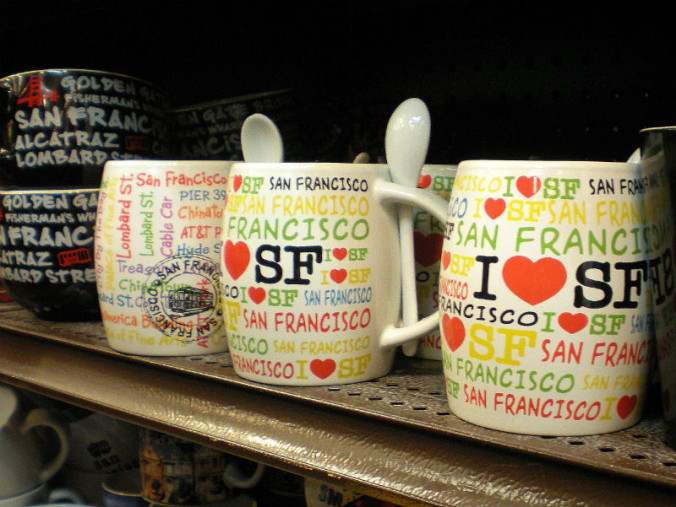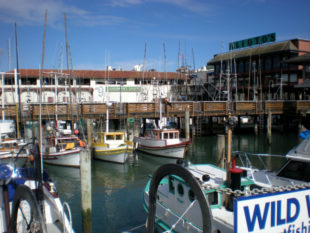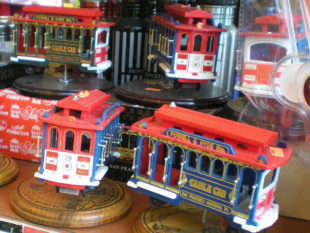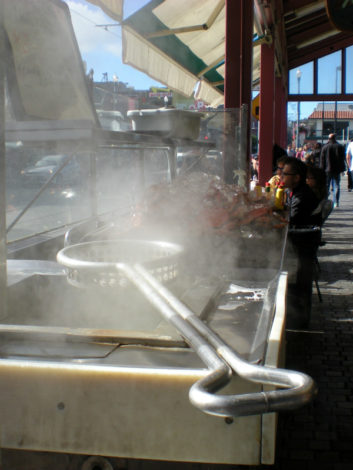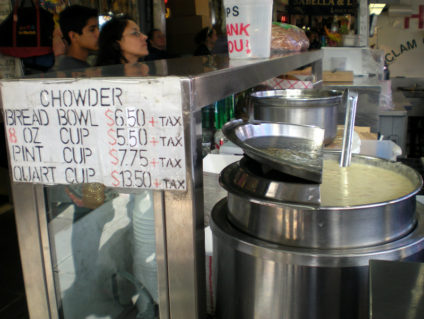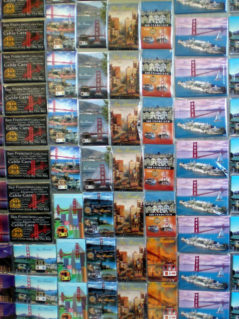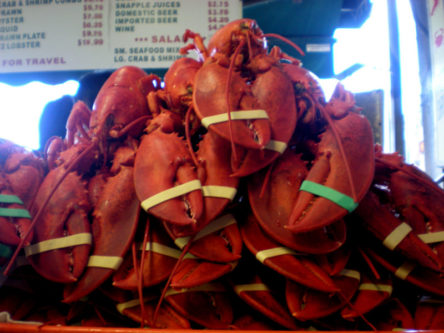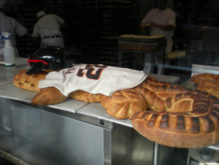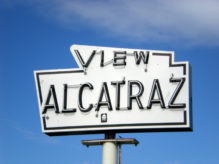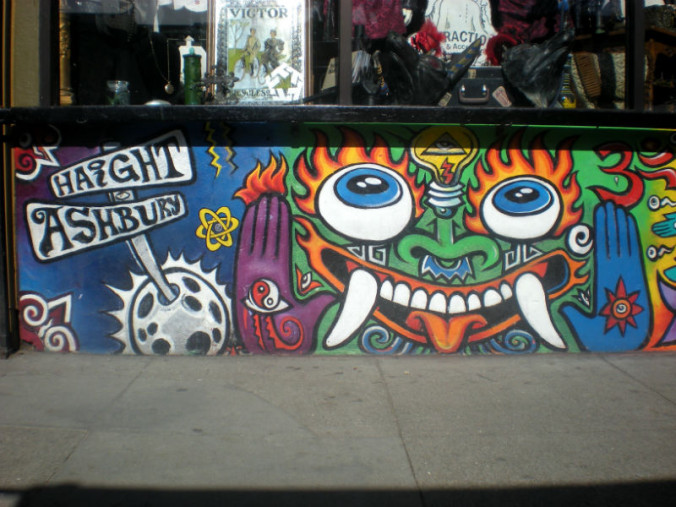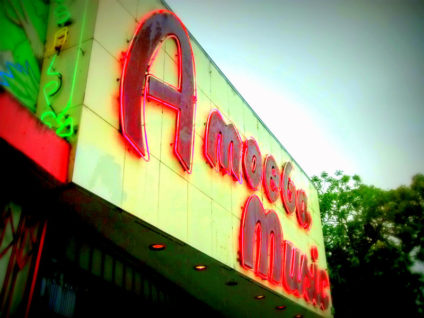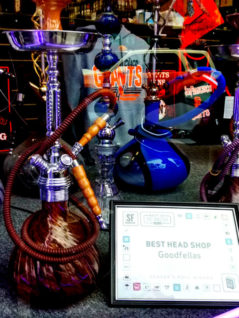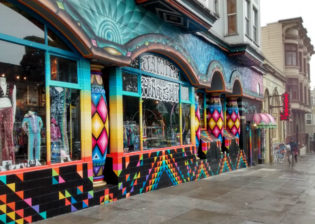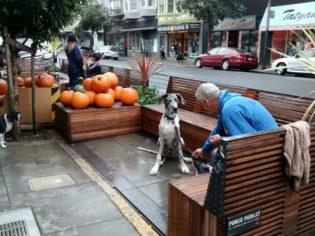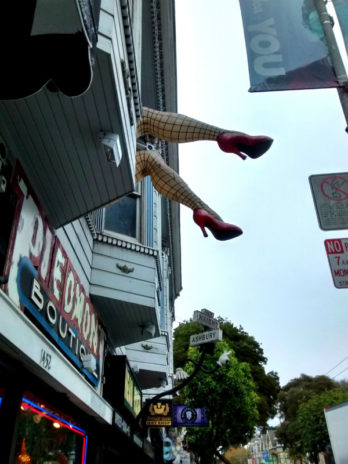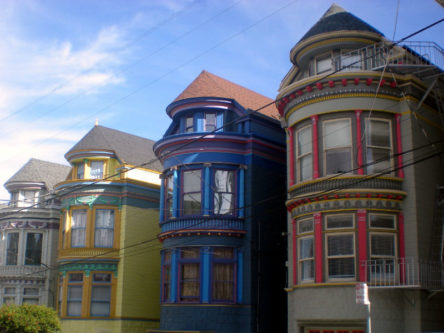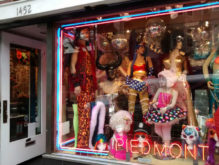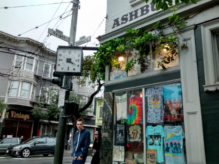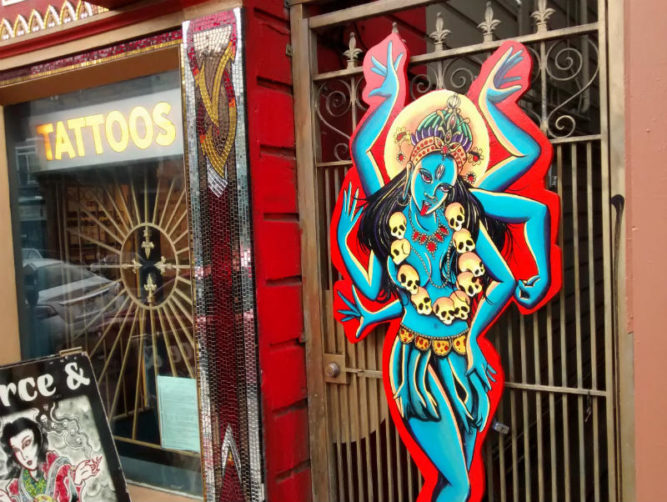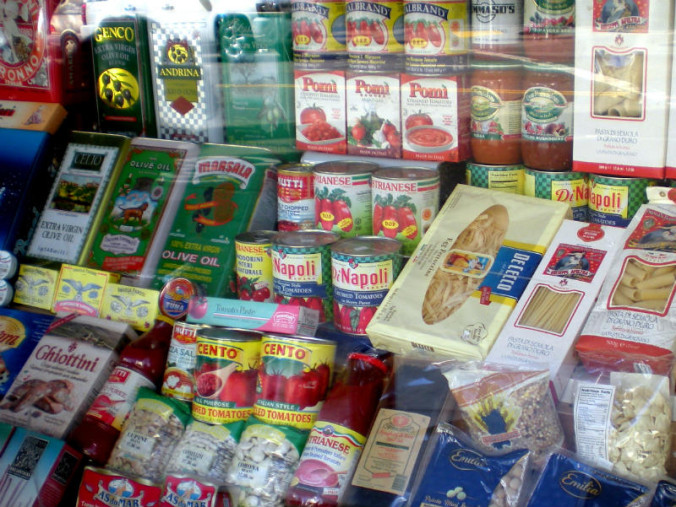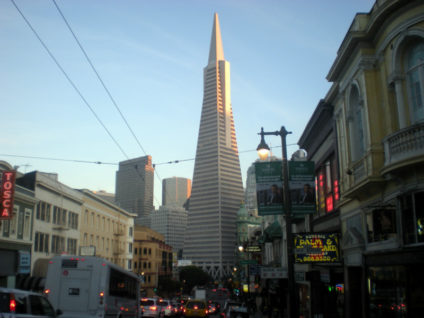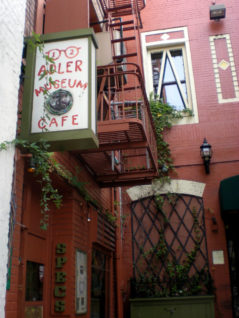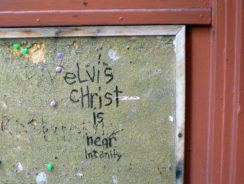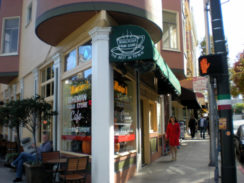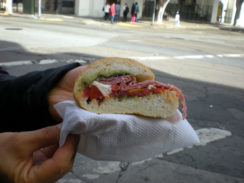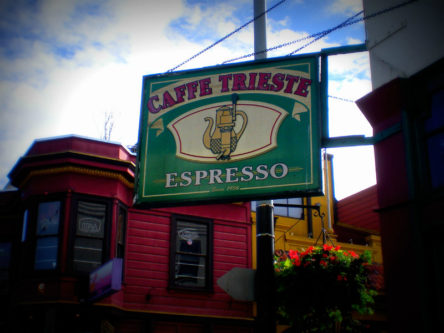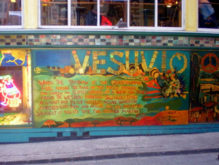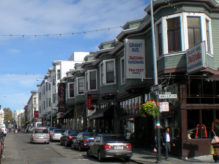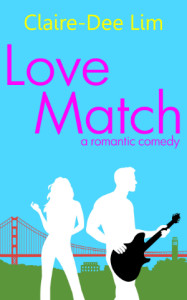“Tourist trap” is defined as a restaurant, shop, or hotel, that exploits tourists by overcharging. That definition isn’t exclusive to Fisherman’s Wharf, San Francisco’s renown waterfront tourist destination. One could argue the whole city has become a trap of sorts; it’s become so expensive to live there and visit there. But this hasn’t stopped tourists from flocking to the wharf to munch on crab rolls, sourdough bread bowls filled with chowder, take boat tours of Alcatraz Island, and stock up on made-in-China plastic tchotchkes. Who cares if it’s cheesy. Fisherman’s Wharf is a vital part of San Francisco’s history.
According to FishermansWharf.org the waterfront has been active for over 125 years. Generations upon generations of families have been hauling in their catch from the waters around the Bay Area. The prized and plentiful Dungeness crab came from the “… Straits of Carquinez on the inland reaches of San Francisco Bay to the sandy shorelines off Berkeley, Oakland and Alameda. Over the years, clams, the natural food of the crab, disappeared from the Bay. The best crab catches were then made just outside the Golden Gate. Today, the crabbers must drop their crab pots far out near the Farallon Islands in 18 to 35 fathoms of ocean water.”
Like most things in this world, too much of a good thing, overfishing, has caused a shortage. You’d never know that visiting the wharf. Crab and other seafood is still in abundance. But the lobster is flown in from Maine. Shhh, don’t tell anyone.
At Fisherman’s Wharf, it was business as usual. Tourists in their uniforms of bright polo shirts, baggy shorts, and webbed sandals grumbled in long lines as they waited for the ferry to take them on the Alcatraz Island tour. Many gathered around steaming seafood stands, which sold clam chowder in crusty sourdough bread bowls. Moving through the crush, Hayden pushed past a German tourist whose face was pressed into a guidebook, then sidestepped a vendor hawking a cable-car bank in one hand and Coit Tower pepper mill in the other. Crowds annoyed him—except, of course, when they were packing a nightclub to see him play.
